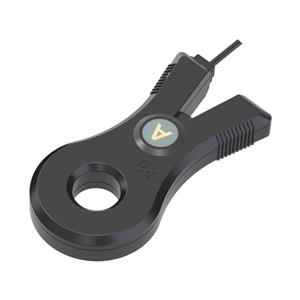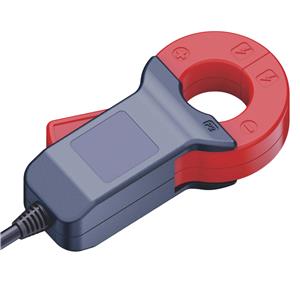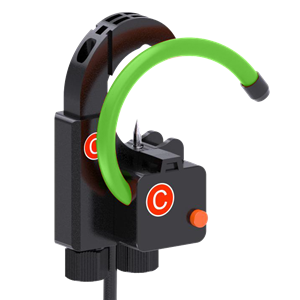A Journey Through the History and Evolution of Iron Core Inductors
Iron core inductors have played a pivotal role in the field of electronics, powering various devices and being indispensable components in electronic circuits. This article delves into the history and evolution of iron core inductors, highlighting key milestones and advancements in their design and manufacturing processes.
Keyword: Iron core inductors
1. The Early Beginnings:
Iron core inductors have been known and utilized since the early days of electrical engineering. In the late 19th century, pioneers like Michael Faraday and Joseph Henry conducted groundbreaking experiments that laid the foundation for the development of inductors. Initially, iron cores were simply used to enhance the inductance of coils and improve their performance.
2. Emergence of Laminated Iron Cores:
In the early 20th century, a significant breakthrough occurred with the introduction of laminated iron cores. These cores were made up of thin sheets of iron stacked together, separated by insulating materials. This design minimized eddy current losses and improved the efficiency of inductors, making them suitable for a wider range of applications.
Keyword: Laminated iron cores
3. Advancements in Core Materials:
Over the years, researchers and engineers have explored various core materials to enhance the performance of iron core inductors. Different alloys such as silicon steel, permalloy, and ferrite have been widely used due to their high permeability, low core losses, and compatibility with high frequencies. These advancements have resulted in increased efficiency and improved characteristics of iron core inductors.
Keyword: Core materials
4. High-Frequency Applications:
The demand for high-frequency applications, such as telecommunications and power electronics, led to the development of specialized iron core inductors. These inductors are designed to operate efficiently at high frequencies, with reduced core losses and higher saturation levels. Advancements in core materials and manufacturing techniques have enabled iron core inductors to meet the stringent requirements of modern electronics.
5. Miniaturization and Integration:
With the advent of miniaturized electronic devices and the rise of integrated circuits, the need for smaller, more compact inductors became apparent. Iron core inductors underwent significant miniaturization, with manufacturers employing advanced techniques such as thin-film technology and surface mount technology (SMT) to integrate these components into smaller electronic assemblies. This evolution paved the way for the widespread adoption of iron core inductors in various portable and wearable devices.
Keyword: Miniaturization and integration
Conclusion:
Iron core inductors have come a long way since their early days, evolving into efficient and versatile components vital for the functioning of modern electronics. The development of laminated iron cores, advancements in core materials, and the ability to meet high-frequency requirements have ensured their continued relevance in an ever-evolving technological landscape. As we move forward, further innovations in design, materials, and manufacturing processes will likely shape the future of iron core inductors, unlocking new possibilities and applications.
Keywords: Iron core inductors, laminated iron cores, core materials, high-frequency applications, miniaturization and integration




